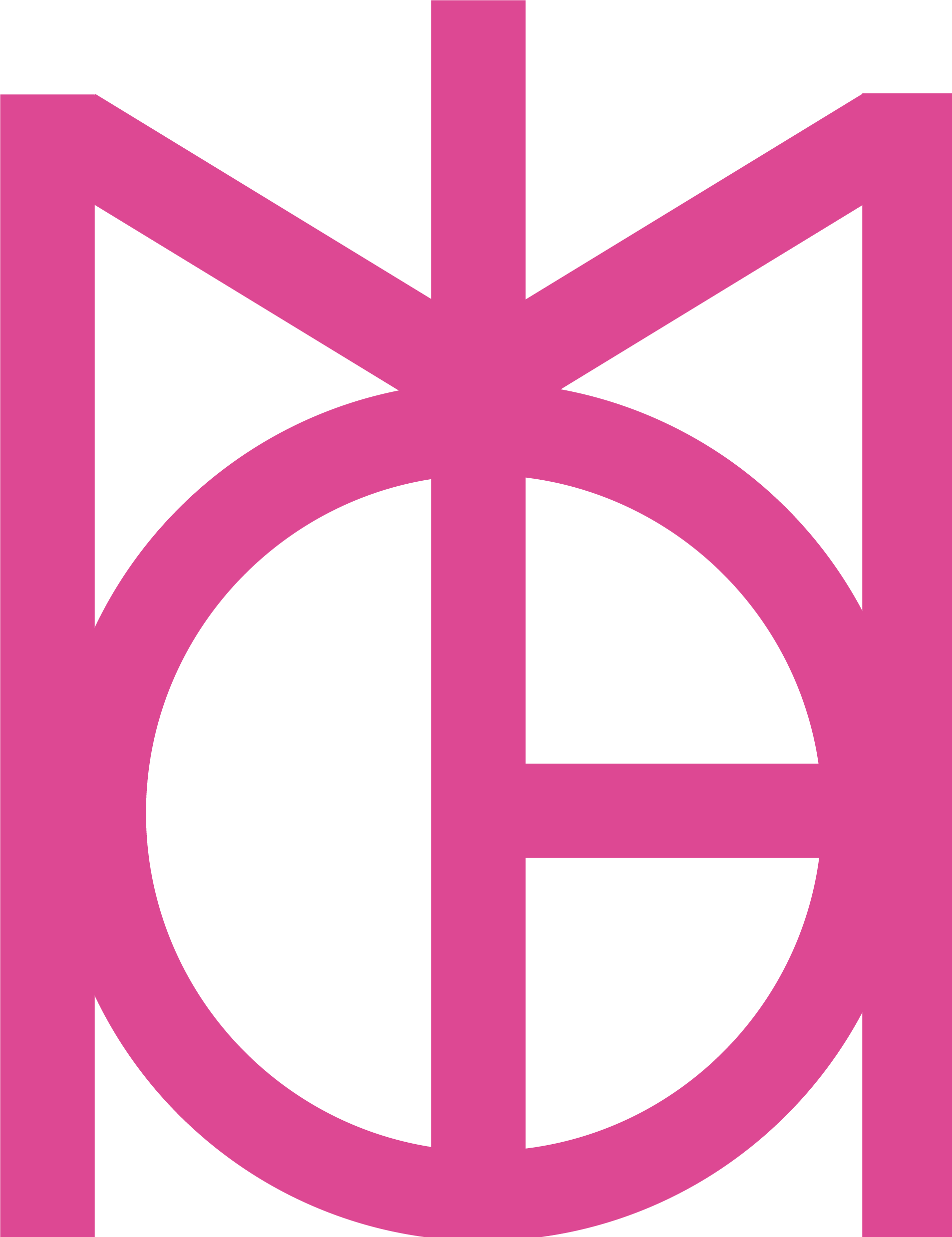I was asked by Edinburgh Napier University to be the graphic design for a collaborative project with the University of Portsmouth and Aiteal Trust, to create a interactive and expressive document for the Appletree Community.
Appletree was created by Kate Sainsbury for her son Louis who has multiple learning difficulties. She has created a safe and welcoming home for him but aims to make
it more accessible for other families to get homes and care for their loved ones in
the same condition Louis is in. Many people with server learning disabilities are trapped in hospitals with no way of leaving them due to inadequate support for them and
their families.
it more accessible for other families to get homes and care for their loved ones in
the same condition Louis is in. Many people with server learning disabilities are trapped in hospitals with no way of leaving them due to inadequate support for them and
their families.
Brief Goal
Create an expressive document that explains Louis’s life story and creation of Appletree. Push against normal report visuals and make something visually engaging, especially with giving life to Louis as a person. This document should also be accessible for people, especially autistic people.
Create an expressive document that explains Louis’s life story and creation of Appletree. Push against normal report visuals and make something visually engaging, especially with giving life to Louis as a person. This document should also be accessible for people, especially autistic people.
Link to final document
I started with research into design for autistic people; what colours, typefaces and layout would be best to use. I found there isn’t a lot of research or work done into this and found it hard to complete this as many things were vague or didn’t match. I was able to create a rough guide of myself to follow.
I went with Cabin typeface, 12pt minimum for body copy. Type is set to a dark blue instead of black as it is easier for people to read. The background colour rotates from pale pink, yellow and blue. No stark white background as it can be overwhelming. The document pages are set to 22cm by 25cm, hand sized with plenty of space for fingers to hold onto it.



I was able to visit research days with the rest of the teams part of this project, allowing me to take photos and speak with people to get a better understanding of who I was designing this for. The main research method for this was the KAWA model, based on using a river to explain life events. Rivers and water in general are important to Louis as he enjoys to swim. With this I incorporated a visual feel of a river in the explanation of the KAWA method and the response from said method.




To include Louis as much into this document I came up with the idea to use his handwriting. It is assisted by his care givers, but he holds the pen as they write it. Handwriting is seen as personal and having titles and quotes in this typeface gives a more personal quality to the document. We were able to get him to write the alphabet multiple of times, uploaded and created vectors of each letter and then put into a typeface program. Allowing me to type in his handwriting. The response from the rest of the team, especially Kate with this idea was highly positive.
The final document was split into three parts; Part one tells of Louis’s life story, part two explains the KAWA method and part three the response from the method. For the response of the method there were three types; boulder, driftwood and water. To keep in line with these metaphoric objects I shaped the text around the items they were about. Responses and text like this is normally speed read so I wanted the read to take their time and interact with the book to read the responses.












The final document was showcased at an event at Appletree, were a reporter from the BBC got to see it. The final overall response to this document was overwhelming positive, it is far different from the usual information laden documents and that’s what makes it so interesting. Kate and rest of the teams are aiming to take the document to the Scottish Parliament in hope to bring better awareness to those trapped in hospitals and without care.
There has been so much I have learned from this and hope to be able to carry on with them. This project is anything but done.
There has been so much I have learned from this and hope to be able to carry on with them. This project is anything but done.








